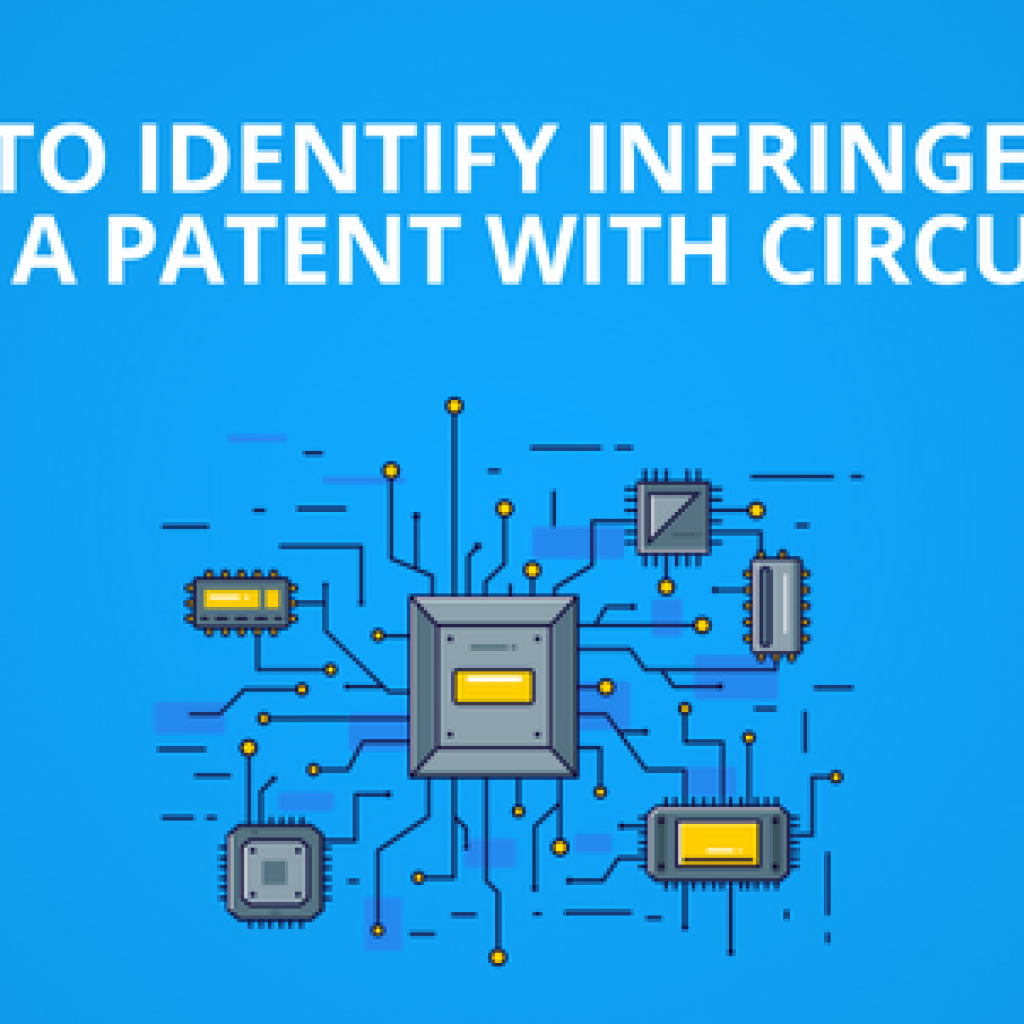Bell Semiconductor, an entity of Hilco Global, has thousands of patents in the semiconductor domain. However, despite the connotations, it is a category 2 Non-Practicing Entity and doesn’t seem to sell or develop anything. Instead, the company focuses solely on acquiring and asserting patents, and its recent lawsuit against 25 semiconductor companies has become a hot topic.
The question of how Bell Semiconductor acquired such high-value patents piqued our interest and led us to investigate its backstory.
The Rise of Bell Semiconductor
In 2017, Hilco Global added multiple patents from Broadcom to its arsenal. It then used them to take legal action against major players in the industry. These include AMD, Analog Devices, Infineon Technologies, KIOXIA, Marvell, Micron Technology, NVIDIA, NXP, Qualcomm, and Socionext. In 2019, Bell Semiconductor began litigating these patents. The subsidiary claims that some of these companies’ popular products, including AMD Ryzen 5, Marvell 88E1512 Single Chip Ethernet transceiver, and Qualcomm Snapdragon 665, infringe on their asserted patent, U.S. Patent No. US7007259B2.
However, this isn’t Bell Semiconductor’s first locked horns with some of these players (source). For instance, in January 2022, Bell Semiconductor claims to have held a Zoom meeting with representatives from NVIDIA, including Richard Calderwood and David Zviel. During this meeting, Bell Semiconductor’s personnel, John Veschi, Sailesh Merchant, and Kouros Azimi, presented a slide deck outlining the specifics of their ‘259 patent and alleged that several NVIDIA devices infringed upon it.
As patent specialists, we were intrigued by Bell Semiconductor’s history of patent disputes and sought to evaluate the strength of their asserted patents in its present case, which gave rise to this preliminary analysis of one of the patents involved, US7231626B2.
Does US7231626B2 hold any weight?
The technology involved in this patent is about making changes to computer chips. It’s like editing a picture – you start with the original image and then change it. This patent facilitates a more innovative approach to chip design modifications, ensuring that only necessary parts are altered while the rest of the design remains unchanged. This results in a more efficient and faster process, improving computer chip design.
As we went ahead with the study of this particular subject patent, needless to say, we wanted to stand by our motto – if it exists, we will find it!
At first glance, we noticed the patent had a broad scope and didn’t even relate to a very different method for designing computer chips. Furthermore, as the patent was filed in 2004 and granted in 2007, it might be vulnerable to prior art challenges due to its young age.
On progressing through our strength analysis, we could shortlist multiple semiconductor companies actively working in IC Designing. Specifically, one patent from such a company talks about calculating a degree of wire congestion in the wiring areas in a semiconductor design. However, our research did not end there, and we even shortlisted IC design tools available before the cut-off date of the search.
So, does the subject patent hold the same value now that we have analyzed it in great detail? Can it remain firm against the semiconductor giants? Will it come after other companies working with the same technology?
There are multiple questions and one answer – GreyB’s complete preliminary analysis of the Bell Semiconductor case. Fill out the form below to read our final thoughts on US7231626B2.
Authored by: Nikhil Gupta and Ajneesh Goyal, Operations Team
Edited by: Annie Sharma, Editorial Team









